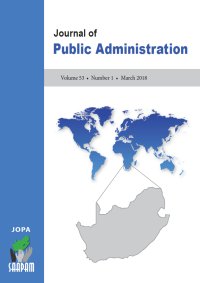
The issue of land and inequality in South Africa (SA) has been at the tip of every citizen's tongue, now more than ever before. This has been propelled by the continued rise in poverty levels, particularly in the rural areas which have seen the inequality gap between the different races in the country widening even further. Tracing the roots of these challenges goes as far back as the Promulgation of the Land Act of 1913, which restricted 10% of land for lawful African occupation, and stripped Africans of their land. The majority of black citizens in SA have, thus, remained without the most critical tools to earn a living, especially through farming. Various scholars have presented evidence to suggest that this resource is particularly important to the rural-based citizens for livelihood purposes. It is on these grounds that one of the first development programmes implemented by the first democratic government of SA, in 1994, was